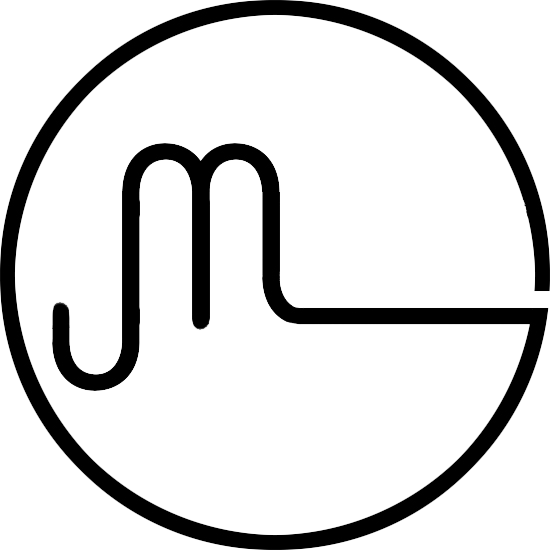Can Neck Tension lead to fainting?
The vagus nerve plays a central role in regulating heart rate, digestion, and respiration. When irritated or compressed, this nerve may trigger a cascade of physiological disturbances, including vasovagal syncope (fainting), gastrointestinal dysfunction, and altered respiratory patterns. Two anatomical regions of interest in this context are the occipito-atlantal (OA) junction and the sternocleidomastoid (SCM) muscles. Dysfunction in these areas may exert pressure on the vagus nerve or associated baroreceptors, heightening the likelihood of symptoms. Understanding these mechanisms is essential for addressing their root causes through targeted osteopathic care.
The Vagus Nerve: A Central Autonomic Regulator
The vagus nerve (cranial nerve X) is a major component of the parasympathetic nervous system. It innervates structures from the head and neck to the thoracic and abdominal viscera. Its role includes slowing heart rate, promoting digestion, modulating immune function, and influencing respiratory rhythms.
When irritated, overstimulated, or functionally compromised, vagal signals may become dysregulated, producing symptoms that span multiple organ systems. One common response is vasovagal syncope, a sudden drop in heart rate and blood pressure, often leading to fainting. Other possible signs of vagal dysfunction include:
Palpitations or bradycardia
Nausea, bloating, or altered bowel habits
Breathlessness or shallow breathing
Anxiety or dizziness
OA Junction Functional Compression: What Is It?
The occipito-atlantal (OA) junction is the articulation between the occipital bone of the skull and the first cervical vertebra (atlas). This junction forms the uppermost segment of the cervical spine and is crucial for nodding and fine-tuned head movements.
In osteopathic terms, functional compression of the OA junction refers to subtle restrictions or misalignments that do not involve gross structural pathology but nevertheless impair physiological function. This may involve altered joint mechanics, muscular imbalances, or fascial tension. Because the vagus nerve exits the skull via the jugular foramen—an anatomical space adjacent to the OA junction—any mechanical or soft-tissue restriction in this area may irritate the nerve as it descends through the neck.
Potential consequences of OA junction compression include:
Altered vagal tone
Headaches or migraines
Visual or auditory disturbances
Autonomic dysregulation affecting heart, lungs, or gut
SCM Hypertonia and the Carotid Sinus Reflex
The sternocleidomastoid (SCM) muscles originate from the sternum and clavicle and insert on the mastoid process of the skull. These muscles are involved in head rotation and flexion, but when hypertonic—excessively tight—they may exert abnormal mechanical stress on adjacent neurovascular structures.
Of particular interest is the carotid sinus, a baroreceptor located at the bifurcation of the common carotid artery. It is sensitive to pressure changes and helps regulate blood pressure via vagal and glossopharyngeal nerve pathways. Excessive mechanical pressure on this area from SCM hypertonia may result in:
Heightened vagal reflex activity
Triggering of vasovagal syncope
Reduced cerebral perfusion
Increased risk of dizziness or fainting with neck movement
In some individuals, especially those with predisposing anatomical or physiological vulnerabilities, this may also heighten the risk of unexplained fainting episodes in response to benign triggers such as turning the head, swallowing, or emotional stress.
Combined Impact on Autonomic Stability
The combination of OA junction functional compression and SCM hypertonia can compound the irritation or overstimulation of the vagus nerve and related autonomic reflex arcs. This may present as a complex picture involving:
Sudden episodes of lightheadedness or fainting
Cardiac arrhythmias
Shortness of breath
Gastrointestinal upset such as nausea, reflux, or IBS-like symptoms
Given the vagus nerve’s expansive reach across multiple organ systems, the symptoms may appear disconnected at first glance, but often share a common neurological origin.
Osteopathic Insights and Treatment Considerations
From an osteopathic perspective, the goal is to restore optimal function to the musculoskeletal and nervous systems. Addressing OA junction mobility and relieving SCM hypertonia may help reduce mechanical irritation of the vagus nerve and normalize autonomic signaling.
Treatment strategies may include:
Gentle articulation or decompression of the upper cervical spine
Myofascial release techniques for the SCM and surrounding tissues
Cranial osteopathy to support vagal pathways exiting the skull
Education on posture and ergonomics to reduce chronic neck strain
Additionally, attention to breathing mechanics, stress levels, and gut health may support a holistic recovery. Patients often report significant improvement in symptoms with regular, individualized care.
Conclusion
Irritation of the vagus nerve due to upper cervical dysfunction and SCM hypertonia can lead to a wide array of symptoms, from fainting and palpitations to digestive disturbances. Functional compression at the OA junction and increased pressure on the carotid sinus are both plausible contributors to these symptoms. Osteopathic treatment can help restore physiological balance by addressing the musculoskeletal restrictions at the root of the problem. Understanding and managing these issues may offer long-term relief and improved quality of life for those affected.
References
Benarroch EE. The central autonomic network: Functional organization, dysfunction, and perspective. Mayo Clin Proc. 1993;68(10):988–1001.
Groen JJ, et al. The clinical anatomy of the cranial nerves: The vagus nerve. Clin Anat. 2016;29(4):438–450.
Malpas SC. Neural influences on cardiovascular variability: possibilities and pitfalls. Am J Physiol Heart Circ Physiol. 2002;282(1):H6–H20.
Standring S (ed). Gray's Anatomy: The Anatomical Basis of Clinical Practice. 42nd ed. Elsevier; 2020.
Fernández-de-las-Peñas C, et al. Muscle trigger points and cervical spine mobility in patients with tension-type headache. Cephalalgia. 2006;26(3):237–243.
Sharabi Y, et al. Neurogenic orthostatic hypotension: Pathophysiology, evaluation, and management. J Am Coll Cardiol. 2021;78(19):1864–1876.
